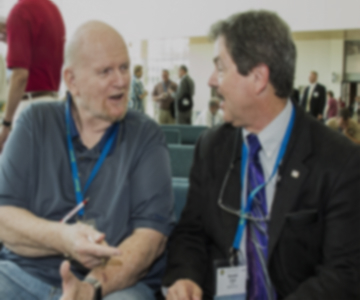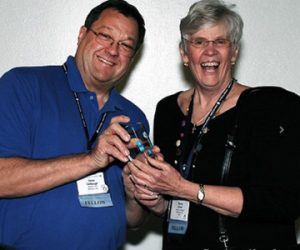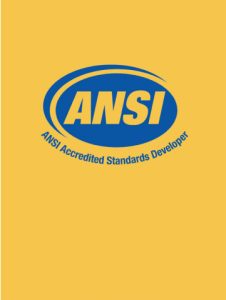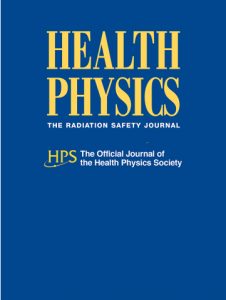1925 — 2016
by Allen Brodsky, CHP, ScD



Lewis C. "Doc" Emerson, PhD, died 6 January 2016 in Oak Ridge, Tennessee. Born 16 July 1925, in Columbia, South Carolina, Doc was the son of Marion Sanders and Lewis Azro Emerson.
From 1943 to 1946, Doc served in the U.S. Army in the United States, France, and Germany. While Doc was a war hero and brilliant in the sciences and engineering, he was always affable and modest. After having been his fellow student in all-day classes, attending Elda Anderson student parties with him for a year, and visiting with him many times since 1950, I learned only in 2015 that Doc was also awarded two Bronze Stars for gallantry in World War II.
After leaving the military, Doc attended Georgia Institute of Technology (Georgia Tech), where he met and married Jane White. He received his BS in electrical engineering in 1949. While most of us graduating in engineering were glad to finish in four years, Doc finished electrical engineering in only three years after his World War II discharge.
Upon graduation from Georgia Tech, he received a fellowship in radiological physics at Oak Ridge National Laboratory (ORNL) from the National Research Council, joining us in Elda Anderson's 1949–1950 class. From 1950 to 1956, after his fellowship, Doc served as a health physicist at the Y-12 uranium separation plant in Oak Ridge, rapidly rising to department head. From 1956 to 1957 he attended the prestigious and intense course at the Oak Ridge School of Reactor Technology (ORSORT) to become a nuclear as well as electrical engineer. (ORSORT is no longer available; nuclear engineering must be learned at universities.)
At the end of his ORSORT training, and because of it, Doc was called back to Y-12 to help derive, together with two other of the best physicists in the ORNL Health Physics Division (Sam Hurst and Rufus Ritchie), the mathematical models to determine doses to the victims of the 1957 criticality accident. His contributions to this criticality analysis can be reviewed in "Accidental Radiation Excursion at the Oak Ridge Y-12 Plant-III: Determination of Radiation Doses."
Doc then worked on radiation dose studies at the Nevada Test Site, taught courses abroad in Belgium and India for the World Health Organization, and worked on nuclear waste disposal research at ORNL, until starting graduate studies at the University of Tennessee in 1960. Remarkably, he required only three years to complete his PhD in physics and math. (Fellow graduate students and colleagues I have known have usually taken from five to seven years or more to obtain their PhDs in physics.)
Beginning in 1963, Doc worked at ORNL on nuclear waste disposal and then on the optical, chemical, and electronic properties of materials used in fusion reactors. From about 1983 to 1985, he took a leave of absence from ORNL to work on fusion reactors at Princeton University. Doc's broad experiences serve as an excellent example of how a career in health physics can lead one into an unlimited variety of other opportunities. Later, Doc returned to ORNL to do more research and continued to consult until he became ill with an occupationally acquired lung disease.
Being regularly in touch with Doc, I found him until very recently organizing monthly lunches for his closest colleagues and friends in Oak Ridge and still teaching evening courses in astronomy to Oak Ridge citizens as long as he could.
The photos show Doc as some of our Society members would remember him. Both Doc and his wife Jane (who passed away in 2007) were beautiful people in person, spirit, and generosity.
An obituary written by Doc's son John provides more details of his life and attests to the love and dedication Doc always gave to his family, colleagues, and friends. The obituary can be found on the Oak Ridge Weatherford Mortuary website where an online guest book is also available.






